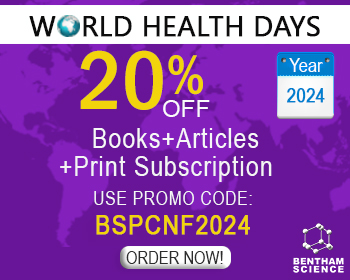Abstract
In nanomedicine, different nanomaterials and nanoparticles have been proposed as therapeutic agents or adjuvants, as well as diagnosis devices. Considering that the principal cause of the ulcerations is the imbalance among the gastric juice secretion and the protection provided by the mucosal barrier and the neutralization of the gastric acid, as well as that nanoparticles are able to accumulate in the gastro-intestinal tissues, we proposed a 22 factorial design to evaluate the influence of the chemical composition and the volume fraction of the dispersed phase on the gastric protective effect against ulceration induced by ethanol. Cocoa-theospheres (CT) and lipid-core nanocapsules (LNC) (two different kinds of surfaces: lipid and polymeric, respectively) prepared at two different concentrations of soft materials: 4% and 12% (w/v) were produced by high pressure homogenization and solvent displacement methods, respectively. Laser diffraction showed volume-weighted mean diameters ranging from 133 to 207 nm, number median diameters lower than 100 nm and specific surfaces between 41.2 and 51.2 m2 g-1. The formulations had pH ranging from 4.7 to 6.3; and zeta potential close to -9 mV due to their coating with polysorbate 80. The ulcer indexes were 0.40 (LNC4) and 0.48 (CT4) for the lower total administered areas (3.3 and 4.1 msup>2 g-1, respectively), and 0.09 (LNC12 and CT12) for the higher administered areas (10.0 and 12.0 m2 g-1, respectively). LNC4, LNC12 and CT12 showed lower levels in the lipid peroxidation assay when compared either to the negative control (saline) or to CT4. LNC12 and CT12 showed similar TBARS levels, as well as CT4 was similar to the negative control. SEM analysis of the stomach mucosa showed coatings more homogenous and cohesive when LNC formulations were administered compared to the correspondent CT formulations. The higher total area of administered nanoparticles showed film formation. Moreover, LNC12 provided a more thick and cohesive film, completely covering the mucosal surface. In conclusion, both kinds of formulations are able to prevent ulceration induced by ethanol in rats. The 22 factorial design showed that the chemical composition had a strong influence when the lower areas of nanoparticles are administered, while when the higher areas are used this is the more influencing parameter on the gastroprotection.
Keywords: Cocoa-theospheres, lipid-core nanocapsules, polymer, nanoparticles, factorial design, gastric ulcers.

























